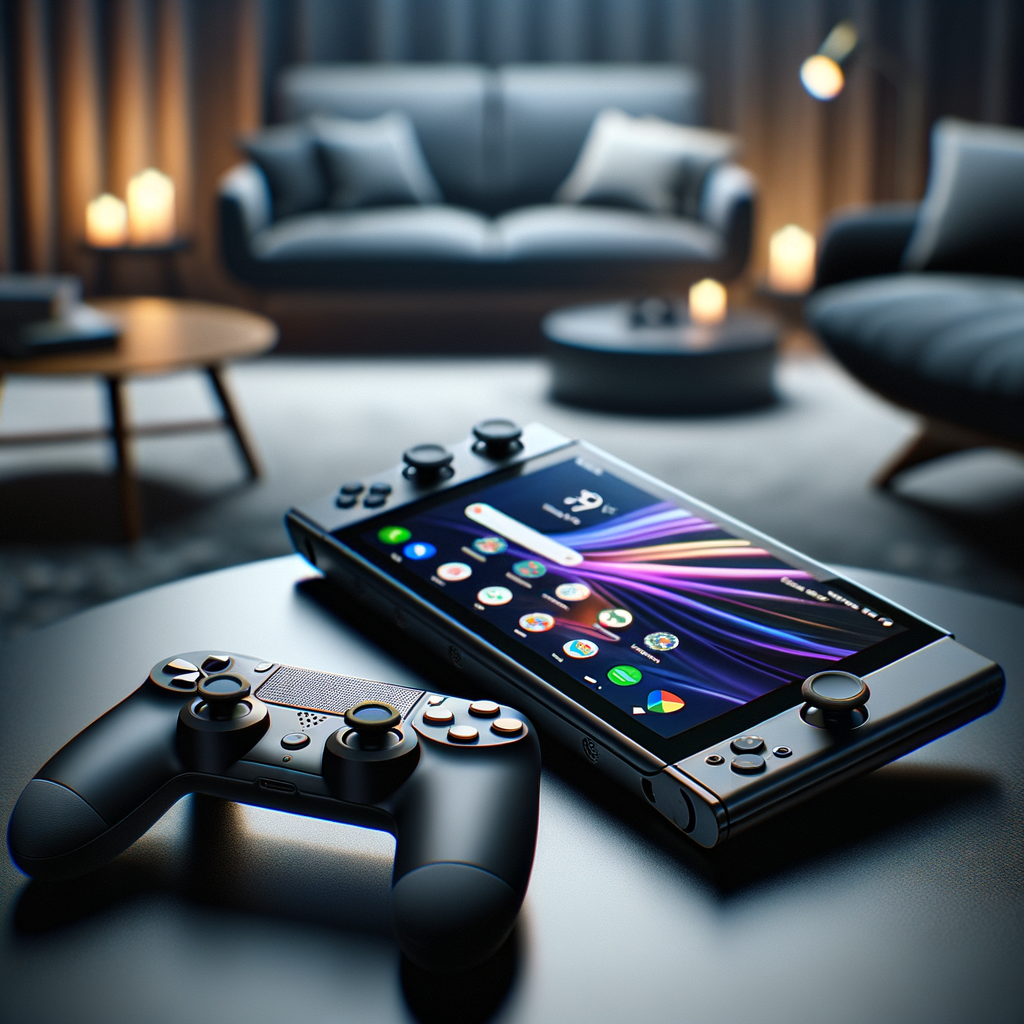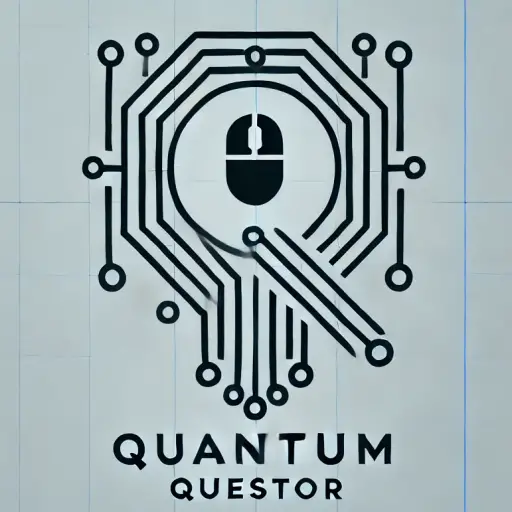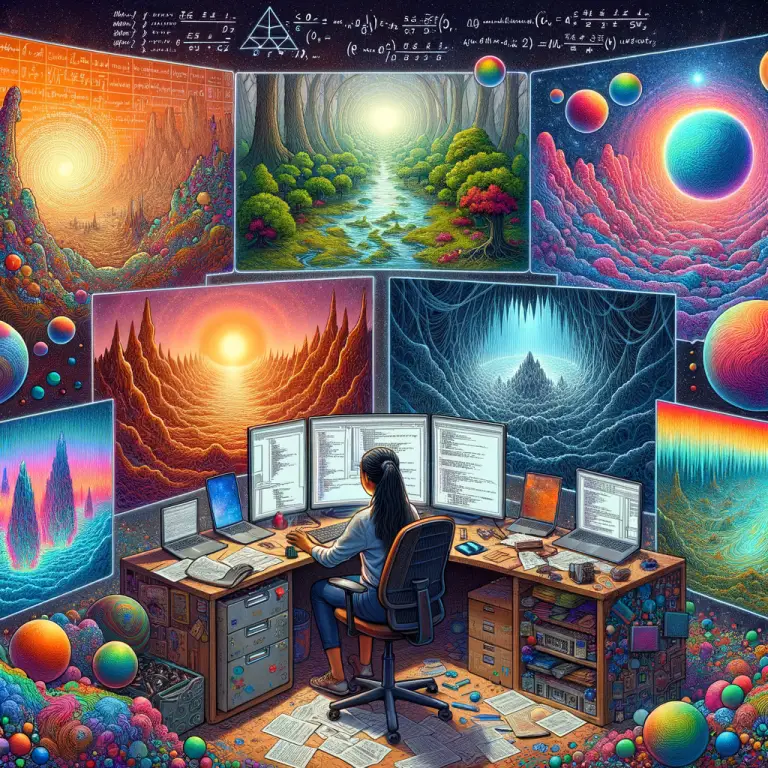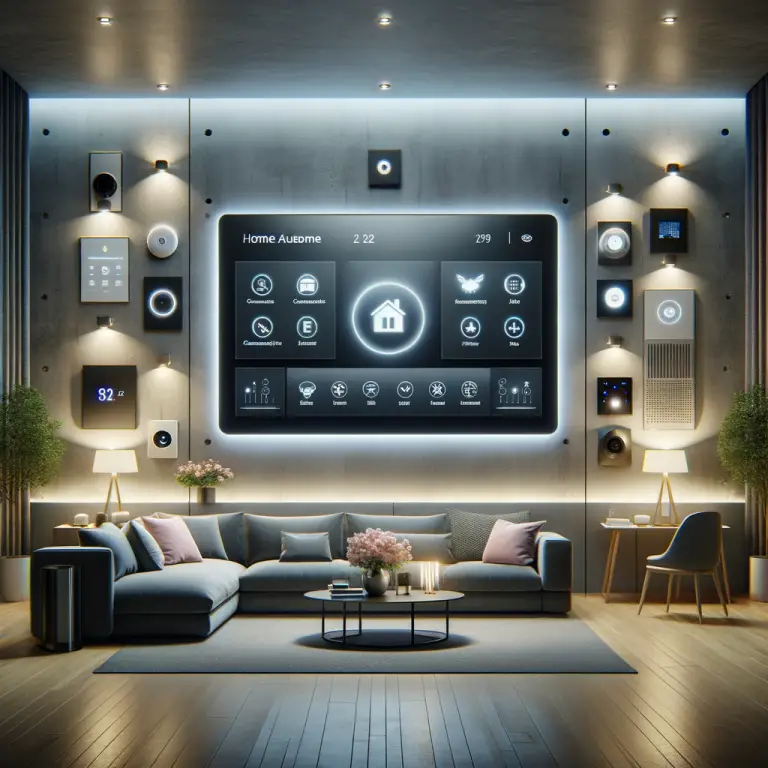Nintendo Switch 2 Thoughts: A Polished Evolution, But Just Enough?

The Nintendo Switch 2 has finally arrived, and while it doesn’t revolutionize handheld gaming, it smartly iterates on a winning formula. Releasing in June 2025, nearly eight years after the original Switch launched in 2017, the Switch 2 comes at a time of fierce competition. With devices like the Steam Deck, ROG Ally, and even handhelds from Lenovo and Ayaneo flooding the market, Nintendo’s refresh needed to be strategic.
So, what did they do? They focused on form, familiarity, and just enough function.
Lack of OLED Display – An Odd Compromise
One of the first things you’ll notice (or miss) is the lack of an OLED screen. This is puzzling. The Switch OLED model from 2021 showcased the advantages of richer blacks and vibrant contrast. So why drop it here?
Nintendo opted for a 7.9-inch 1080p LCD panel instead, albeit a very good one. It supports 120Hz refresh rates, HDR10, and even VRR (variable refresh rate). While it looks sharp and bright, it doesn’t quite match the punchiness of OLED displays found in the Steam Deck OLED or even older Switch models.
The likely reason? Cost. By using LCD, Nintendo keeps the price closer to $449/£399, making the console more accessible. It’s also a safer bet for longevity and battery consistency. Still, in a world of OLED-everything, this feels like a step sideways.
Just About Powerful Enough
The Switch 2 runs on a custom Nvidia Tegra T239 SoC with Ampere-based GPU cores, paired with 12GB of LPDDR5X RAM. It supports DLSS upscaling and even rudimentary ray tracing, making it a significant step up from the original Switch.
In docked mode, it outputs up to 4K at 60Hz (or 1440p at 120Hz). In handheld, it plays at 1080p, which is very sharp for a screen of this size.
And yes—it runs Cyberpunk 2077, Elden Ring, and Tears of the Kingdom all at stable frame rates. This is thanks to DLSS and solid optimization. But here’s the thing—it runs Cyberpunk OK. And Cyberpunk is a four-year-old game now. It should run well. This highlights a subtle concern: the Switch 2 is only just powerful enough for current-gen titles, and it’s unlikely to hold up as well three to four years from now when newer AAA games arrive.
Compared to the Steam Deck OLED, which boasts a more powerful CPU and 16GB RAM, the Switch 2 feels more like a modern console than a mini-PC. But it’s still not in the same performance league.
Lovely Form Factor, But Not the Most Comfortable
Nintendo knows how to make good-looking hardware. The Switch 2 is sleek, slim, and portable. The Joy-Con 2 controllers now attach magnetically, and the console feels well-built.
Size-wise, it’s a bit bigger than the original Switch but lighter than the Steam Deck. This gives it an edge in portability, but not in comfort. Extended play sessions can be a bit tiring. The Steam Deck’s chunky grips and curved edges still offer better ergonomics for long gaming sessions.
The Joy-Con redesign adds slightly larger analog sticks, improved buttons, and new features like a “C” button for accessing GameChat and friend lists. But for all its elegance, the Switch 2 isn’t the most comfortable option in the current handheld landscape.
UI is Clean, Fast, and Friendly
Nintendo’s interface philosophy hasn’t changed much, and that’s a good thing. The Switch 2’s UI is clean, intuitive, and fast. Boot-up is quick, navigation is snappy, and the touchscreen works seamlessly.
The new GameChat system is a welcome addition. It allows native voice and video chat, with friends list integration and party systems. For now, it’s free, though a subscription will likely be introduced in 2026.
Nintendo also nailed the dock transition. You can move from handheld to TV mode instantly, and it remembers your last state or game. The quick-resume feature is lightning fast and works even with third-party titles.
Cyberpunk Runs… But It’s 2025
Yes, Cyberpunk 2077 runs. That was the demo seen in previews and YouTube tests: smooth framerate, upscaled visuals via DLSS, and consistent performance.
But we’re in 2025. This is a four-year-old title. Its performance isn’t proof of miracle engineering—it’s what we expect at this point. Still, it’s a benchmark that shows Nintendo is finally playing in the same league as other handheld consoles.
What we’re yet to see is whether Switch 2 can handle upcoming titles like GTA VI, Starfield updates, or new open-world RPGs without relying heavily on streaming or cloud support. Time will tell.
Comparison to Steam Deck OLED
| Feature | Nintendo Switch 2 | Steam Deck OLED |
|---|---|---|
| Display | 7.9” LCD, 1080p, 120Hz, HDR | 7.4” OLED, 800p, 60Hz |
| GPU | Nvidia T239 (Ampere, DLSS) | AMD RDNA 2 |
| CPU | ARM Cortex-A78C (Octa-core) | AMD Zen 2 (Quad-core) |
| RAM | 12GB LPDDR5X | 16GB LPDDR5 |
| Storage | 256GB (expandable via microSD) | Up to 1TB SSD + microSD |
| OS | Nintendo OS | SteamOS (Linux) |
| Price | ~$450 | ~$649 (OLED model) |
| Game Ecosystem | Nintendo titles + ports | Full PC gaming library |
| Ergonomics | Slim, portable | Larger, ergonomic grips |
Verdict
The Nintendo Switch 2 is a thoughtful update. It’s more powerful, more refined, and more future-ready than its predecessor. It fits beautifully into Nintendo’s ecosystem, running its exclusive games better than ever and offering a genuinely pleasant gaming experience.
But it’s also safe.
You don’t get an OLED display. You don’t get cutting-edge power. And while the UI and build are excellent, other devices beat it in performance and comfort. It’s just enough—but not more.
That said, it is enough for most people. If you’re into Nintendo games, want a seamless hybrid setup, or prefer a no-fuss console, this is a wonderful device. It doesn’t try to be a PC. It tries to be fun—and mostly succeeds.
References & Further Reading
- Digital Foundry on Switch 2 vs Steam Deck: https://www.eurogamer.net/digitalfoundry-2025-switch-2-performance-preview
- The Verge: Switch 2 Hands-On Review: https://www.theverge.com/2025/06/05/nintendo-switch-2-hands-on
- IGN: Cyberpunk 2077 on Switch 2 Benchmarks: https://www.ign.com/articles/cyberpunk-2077-nintendo-switch-2
- Ars Technica: Switch 2 vs Steam Deck Breakdown: https://arstechnica.com/gaming/2025/06/switch-2-vs-steam-deck-comparison
- Nintendo Life: Joy-Con 2 Controller Changes: https://www.nintendolife.com/news/2025/06/hands-on-with-switch-2-joy-con
- Steam Deck OLED Official Specs: https://store.steampowered.com/steamdeck
- Switch 2 Full Specs Leak (Wccftech): https://wccftech.com/nintendo-switch-2-specs-leak-april-2025/



